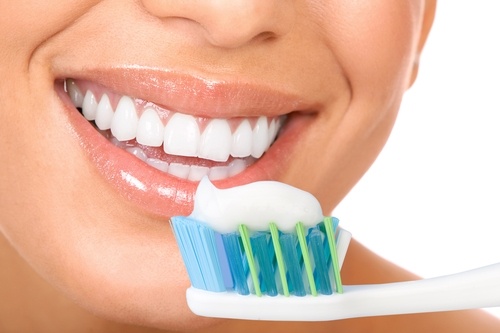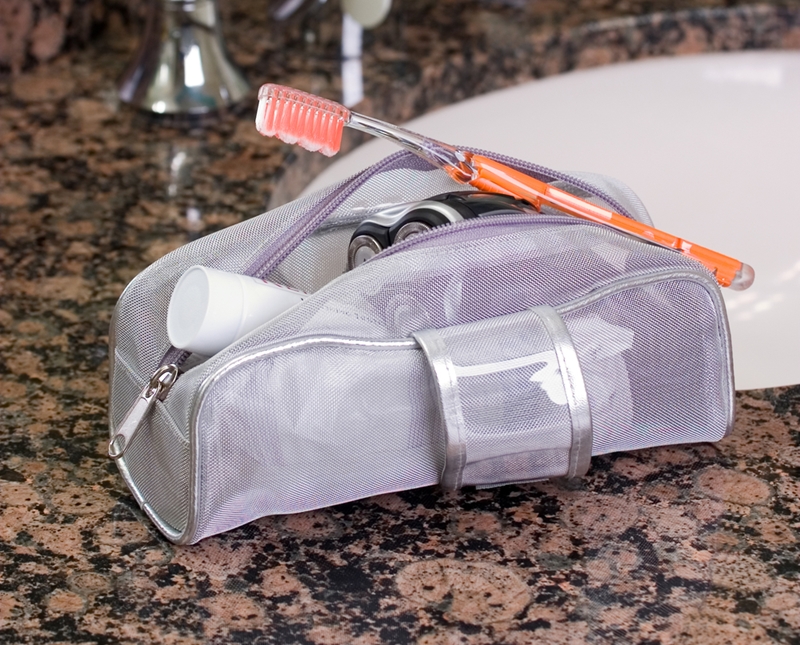
Most people want a clean, healthy smile, but not everyone knows the necessary steps to achieve one. In fact, the American Dental Association (ADA) listed lack of oral health education as a contributing factor in unmet dental care needs.1 While staying up to date on dental health literature and regularly visiting the dentist are both excellent methods to build your knowledge base, this article will help you with the basics. Here are the do's and don'ts of oral hygiene:
Don't take excessive measures to clean your toothbrush
People have tried myriad methods to clean toothbrushes, from sticking them in the dishwasher to soaking them in boiling water. The truth of the matter is, if the toothbrush is in need of that extreme of cleaning, then it is time to throw it away. In fact, you should replace this tool every three to four months or immediately following a bout of sickness to prevent reinfection. Toothbrush bristles aren't indestructible, and heat can distort them, which ultimately affects how well the toothbrush cleans your teeth.
Do rinse the bristles after brushing
Toothbrushes can collect microorganisms from both your mouth and the environment.2 As such, you should properly clean and regularly replace this tool. Beyond tossing the toothbrush every few months, be sure to rinse the bristles completely with running tap water after each use. Gently use your fingers to separate the bristles so the water stream can better remove toothpaste and other debris.

Are you following proper toothbrushing steps?
Don't brush too hard
While it may seem logical that brushing hard can better remove plaque and debris, doing this can actually be counterproductive to maintaining a healthy smile. Researchers at the University of Newcastle found that brushing in this manner may permanently damage the teeth.3 Admittedly, the study found that forceful brushing removed a greater amount of plaque than light brushing, but once participants hit a certain pressure, the benefits were unchanged.
Applying too much pressure can also cause a receding gum line. Not only does this condition put you at a greater risk for tooth loss, sensitivity and bleeding, but severe cases also often require professional treatment.4
Do use safe brushing techniques
With a toothbrush labeled "soft," place the tool on your teeth at a 45-degree angle from your gum line.5 To clean the outside and chewing surface of the teeth, move the brush in short back-and-forth motions. Brush the inside of the teeth with up-and-down motions. Throughout the 2-minute process, use light pressure and don't forget to brush your tongue.
In 2013, 38.3% of adults didn't visit the dentist.
Don't skip the dentist
In 2013, 17 percent of children ages 2-17 and 38.3 percent of adults ages 18-64 did not visit the dentist.6 At the same time, 17.5 percent of youth ages 5-17 had untreated dental caries, while 27.4 of adults ages 20-44 experienced the same poor dental health. People avoid the dentist for a number of reasons. Some fear doctors, many do not understand the link between oral care and overall health and others cannot afford dental appointments.
Visiting the dentist twice a year or more often as needed is important for proper oral health. In fact, professional help is required to handle some oral ailments. For example, only a dentist can remove tartar, which is hardened plaque. If a patient does not take care of tartar, he or she could develop periodontal disease.
Do find affordable dental care
If the cost of professional care keeps from visiting the dentist, find a low-income dental plan that fits your needs. For example, a dental discount card can provide you with 20-50 percent off on anything from routine cleanings and checkups to tooth extractions and root canals.
During these exams, your dentist can provide you with up-to-date dental care news, keep your informed about the status of your smile and provide professional advice on oral hygiene tips. He or she can also spot potential problems and suggest corrective actions to prevent oral health issues from worsening.
_____________________________________________
1. "Breaking down barriers," American Dental Association. http://www.ada.org/en/public-programs/action-for-dental-health/breaking-down-barriers
2. "Toothbrush care: Cleaning, storing and replacement," American Dental Association, Nov. 11. http://www.ada.org/en/about-the-ada/ada-positions-policies-and-statements/statement-on-toothbrush-care-cleaning-storage-and-
3. "Effects of brushing force and time on plaque removal using a powered toothbrush," G.I. McCracken, et. al., Journal of Clinical Periodontology, April 25, 2003. http://onlinelibrary.wiley.com/doi/10.1034/j.1600-051X.2003.20008.x/full
4. "Receding gums and treatment and causes," Rebecca Gatesman, Colgate. http://www.colgate.com/en/us/oc/oral-health/conditions/gum-disease/article/sw-281474979262118
5. "Brushing your teeth," American Dental Association. http://www.mouthhealthy.org/en/az-topics/b/brushing-your-teeth
6. "Oral and dental health," Centers for Disease Control and Prevention. http://www.cdc.gov/nchs/fastats/dental.htm
